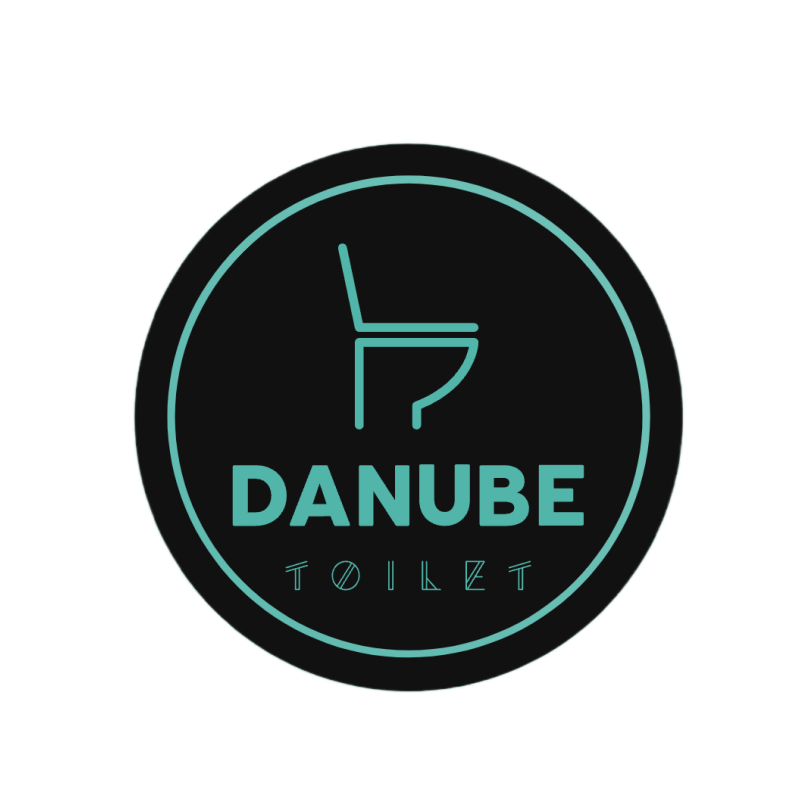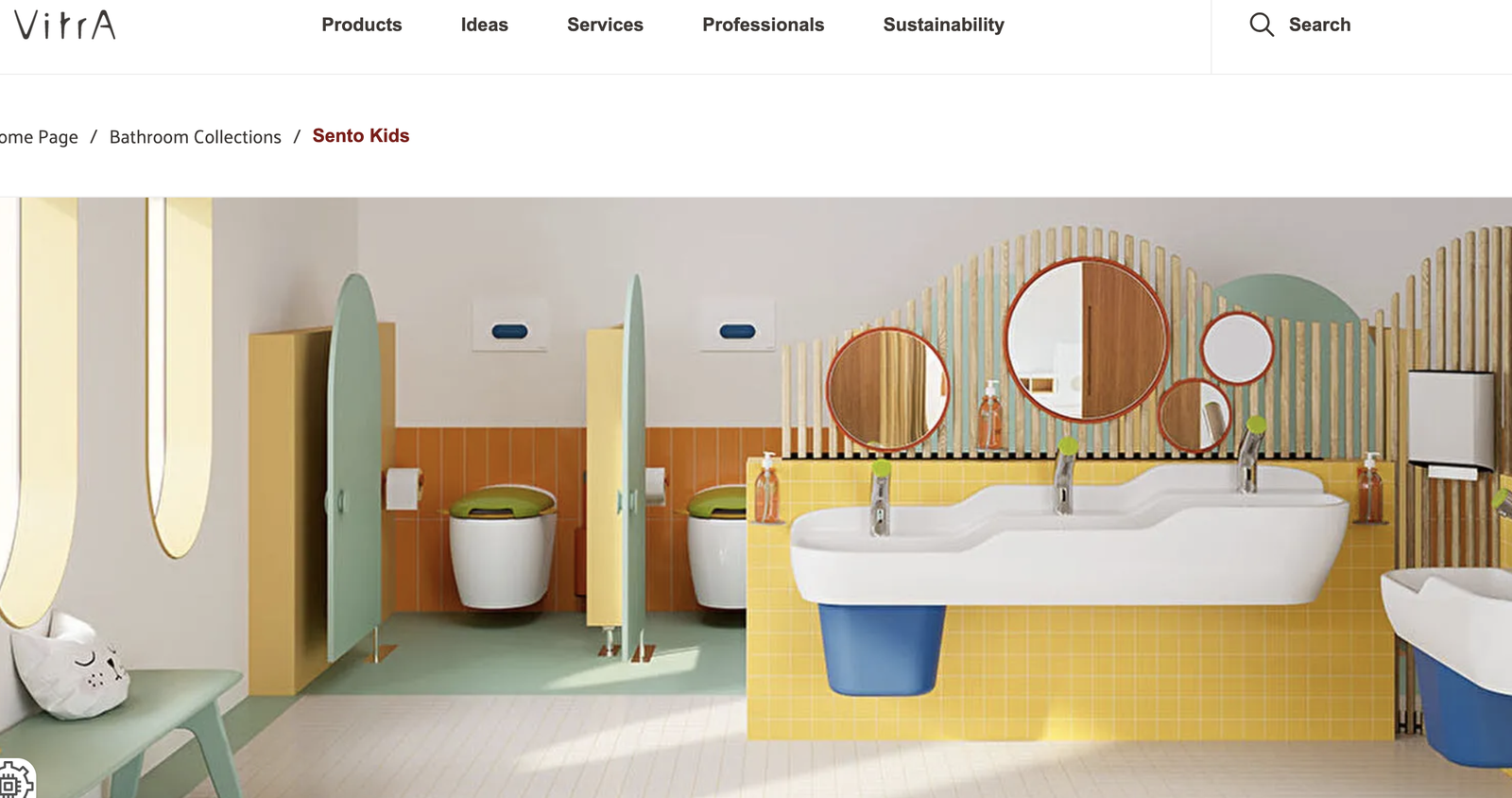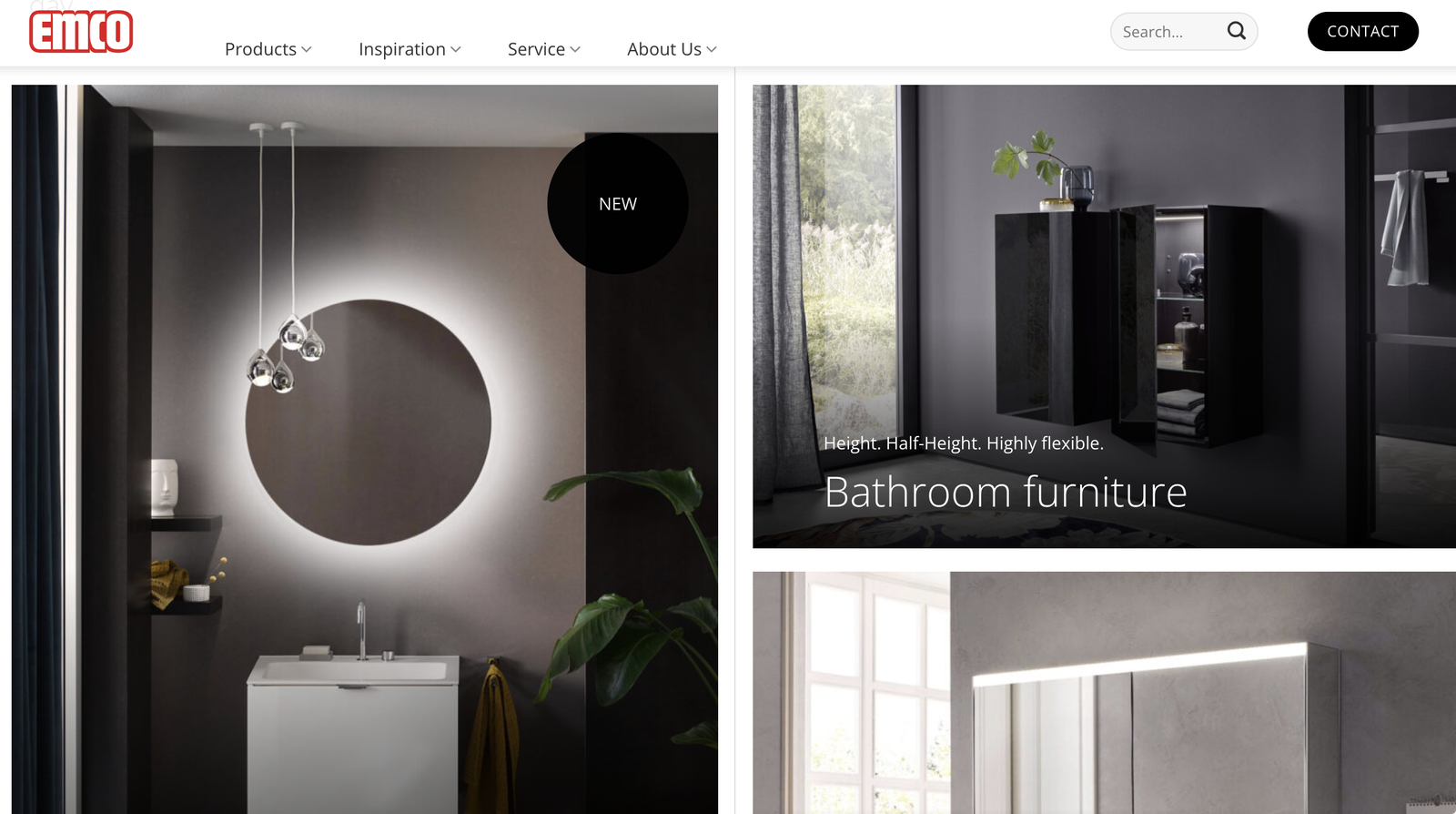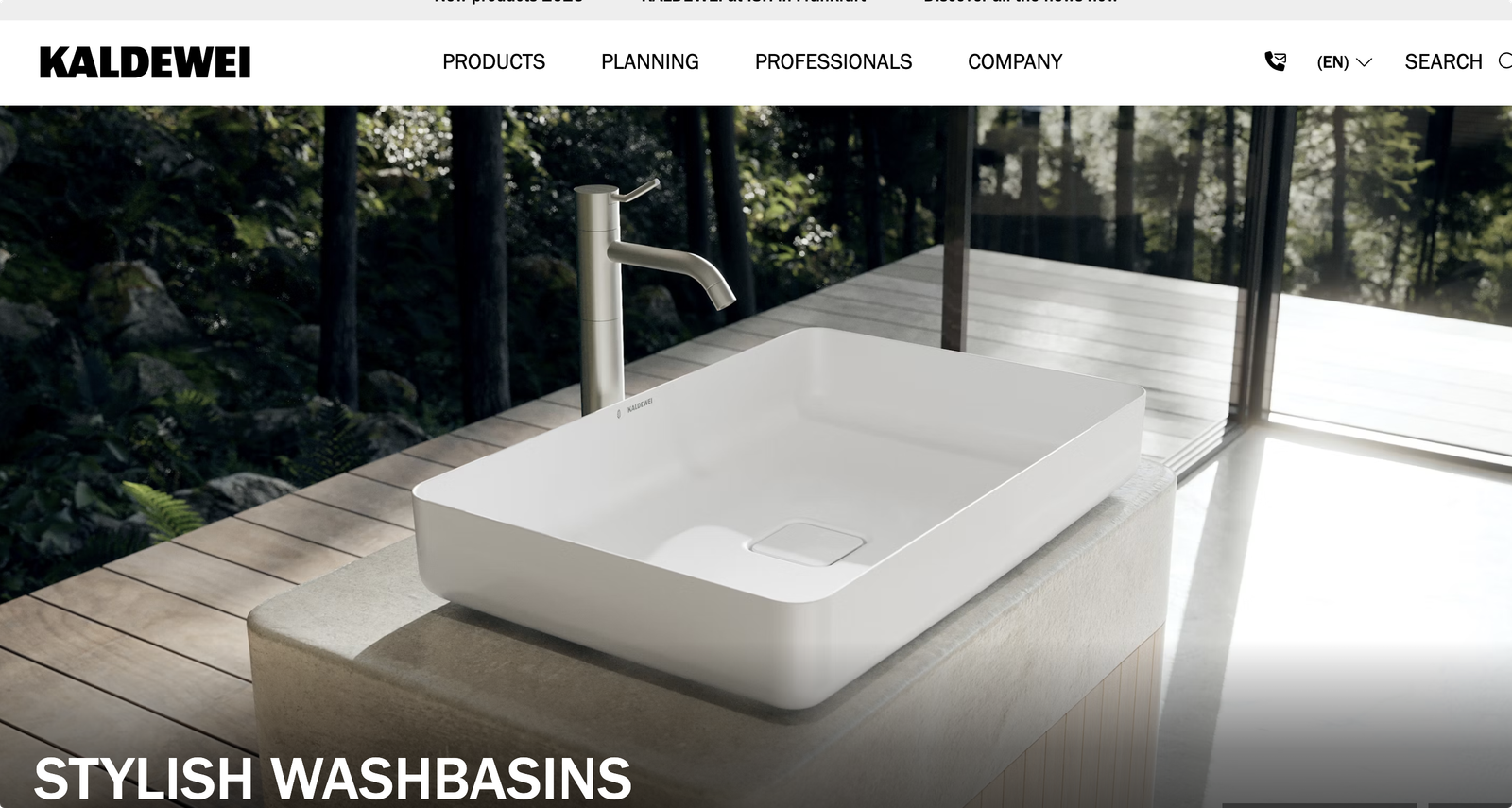In the past, bathrooms were simply utilitarian spaces for daily routines. But today, they’re evolving into smart, sensory living zones at the heart of modern homes and hospitality spaces. With global design trends emphasizing personalization and the integration of technology, bathrooms are being completely reimagined—they need to be intelligent, aesthetically pleasing, and tailored to each user’s lifestyle.
In this article, we explore how bathroom design is transforming through personalization and smart product integration. With product comparisons, brand highlights, and a helpful FAQ section, this guide is crafted for international procurement teams and project developers looking to stay ahead of the curve.
1. Why Personalization Is the Next Big Thing in Bathroom Design
No more cookie-cutter fixtures. Today’s bathrooms are all about tailoring the space to real human needs:
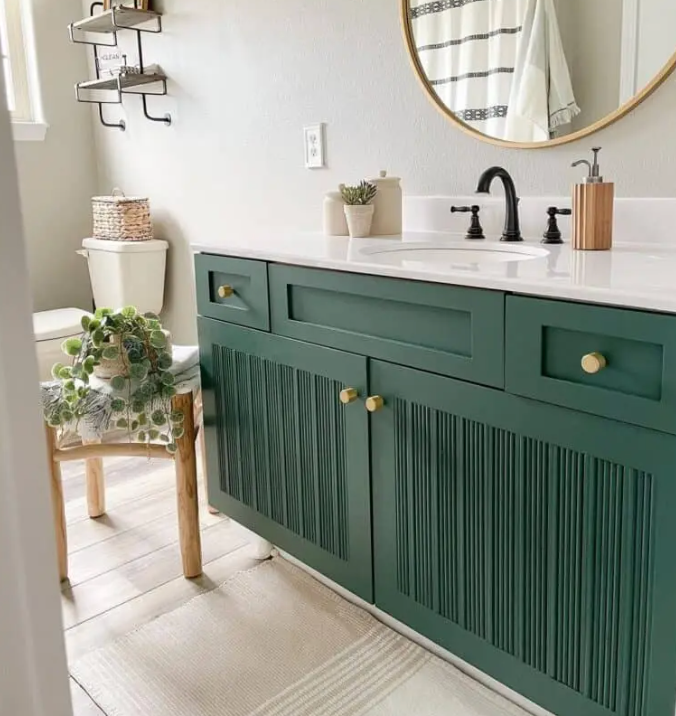
- Color Variety: Beyond the classic white—matte black, forest green, and sandy gray are trending choices.
- Flexible Sizing: Wall-mounted toilets save space for compact homes, while integrated smart toilets suit larger layouts.
- Modular Structures: Combine basins, mirrors, and countertops freely based on user flow.
- Coordinated Styles: From Scandinavian oak finishes to handleless minimalist cabinets, everything can be customized to match.
This isn’t about selling products—it’s about crafting a lifestyle that starts with better comfort and better control in one of the most personal spaces of the home.
2. Smart Bathrooms: Not Just Gimmicks, but Real-Life Efficiency
The charm of a smart bathroom is that it understands your habits—from touchless flushing to adaptive lighting or weather updates on your mirror. These features aren’t just for show. They solve real-world annoyances and enhance daily routines.
Here’s a comparison table to highlight the key differences between traditional and smart bathroom solutions:
| Product Type | Traditional Experience | Smart Upgrade Benefits |
|---|---|---|
| Toilet | Manual flush, basic functions | Sensor-based flush, heated seat, feminine wash, deodorizer, remote control |
| Basin Faucet | Manual operation, inconsistent temperature | Infrared sensors, constant temperature, water-saving control |
| Mirror | Foggy surface, basic reflection | Anti-fog, LED lighting, time/weather display, Bluetooth audio |
| Bathroom Cabinet | Basic storage, limited design flexibility | Sensor lighting, hidden outlets, wireless charging, drawer organizers |
These upgrades aren’t over-engineered luxuries—they’re real-time problem solvers. For commercial developers, luxury hotels, and upscale residential projects, smart features are no longer optional; they’re expected.
3. A Look at Germany’s Role in the Global Smart Bathroom Revolution
Germany has long been a powerhouse in engineering and product design. In the bathroom space, emerging German brands are gaining attention for blending innovation with everyday functionality.
🇩🇪 5 Up-and-Coming German Bathroom Brands Worth Watching:
- VitrA Germany
Originally from Turkey but now rooted in Germany, VitrA is known for its clean, geometric designs and eco-conscious materials, with an emphasis on smart water-saving features. - Bette
Specialists in enamelled steel bathtubs and basins, Bette is now incorporating smart sensors for barrier-free, accessible bathroom solutions. - Kaldewei Smart
Fusing metal enameling with modern control systems, Kaldewei Smart focuses on antibacterial and temperature-controlled soaking experiences. - Duravit X-Lab
Duravit’s experimental range pushes human-centric design with remote-controlled toilets and adaptive mirror lighting. - Emco Bad
Known for high-end mirror cabinets, Emco integrates LED lighting, hidden Bluetooth speakers, and anti-fog tech—highly popular among European hotel developers.
These brands prove that smart design isn’t just about technology—it’s about user intuition and visual harmony. For OEM/ODM buyers, they also reflect new partnership possibilities.
4. What Procurement Teams Really Look for in Bathroom Projects
In hotel or commercial real estate development, bathrooms are often grouped under “hardware investment.” Yet they significantly influence user satisfaction. A beautiful, intelligent bathroom improves the experience—and guests remember it.
Here’s what most procurement teams prioritize:
- Durability & Low Maintenance: For instance, smooth-glazed ceramic toilets or anti-fog mirrors reduce upkeep.
- Function Over Flash: Features like deodorizing or warm seats matter more than voice control.
- Customizability: Can the product adapt in size, finish, or structure to fit different room layouts?
- Reliable Delivery: Especially important for bulk projects—delivery speed and consistency can make or break schedules.
Frequently Asked Questions (FAQ)
Q1: Do smart toilets wear out faster than regular ones?
Not really. As long as the electronic modules are well-engineered, smart toilets have similar lifespans and require only routine maintenance.
Q2: Do smart mirrors consume a lot of electricity?
Most use LED technology, which is highly energy-efficient. You’ll barely notice any change in your electricity bill.
Q3: Are bathroom cabinets customizable? What options are popular?
Yes. You can customize size, height, finishes, storage layout—even integrate charging ports or LED lighting based on your needs.
Q4: For hotel projects, is it better to choose one-piece or two-piece toilets?
One-piece smart toilets are sleeker and easier to install, ideal for mid-to-high-end hotels. Two-piece options are better for tighter budgets or structural constraints.
Q5: What’s the difference between OEM and ODM?
OEM means manufacturing based on the buyer’s brand and specifications. ODM includes design, development, and production—ideal if you need faster turnaround or lack in-house design resources.
Final Thoughts: Designing Bathrooms for Real People
A beautiful bathroom today isn’t just functional—it reflects the personality of the user and supports a modern lifestyle. Personalization and smart upgrades are no longer trends—they’re essential design principles. Whether you’re developing a hotel, luxury apartment, or a large-scale real estate project, embracing these changes can set your spaces apart.
If you’re seeking a ceramic sanitaryware factory in China with strong manufacturing capabilities and flexible OEM/ODM support, Danube is here to help. From toilets and basins to vanities, smart toilets, and mirror cabinets, Danube specializes in tailored solutions for global bathroom brands and architectural projects—delivering design, efficiency, and long-term reliability.
